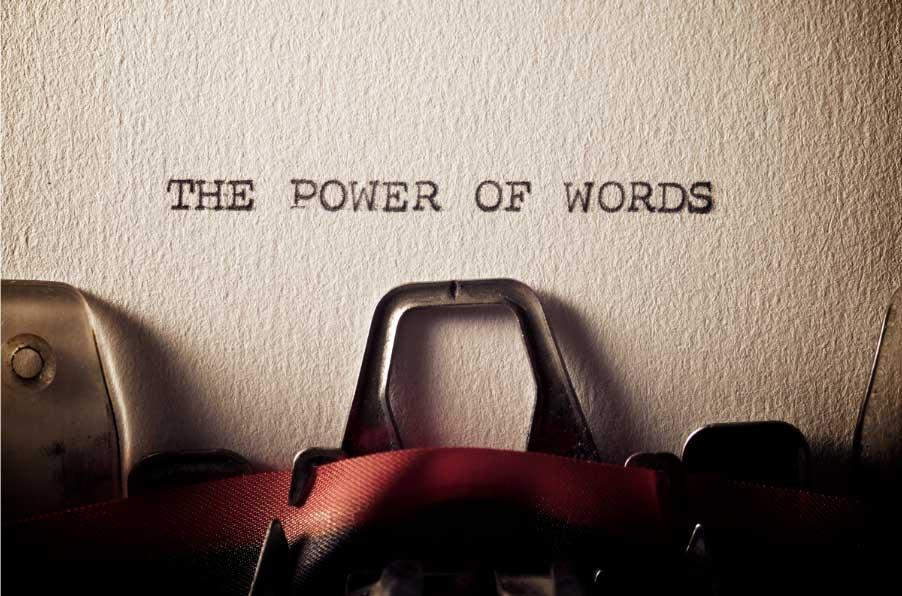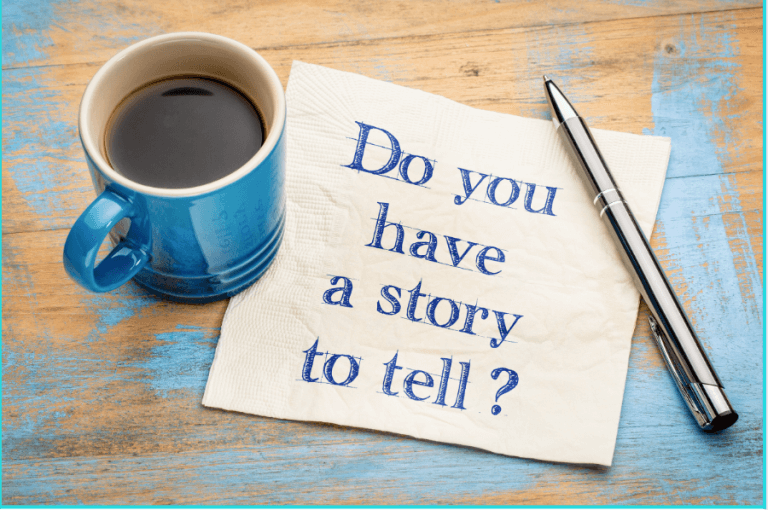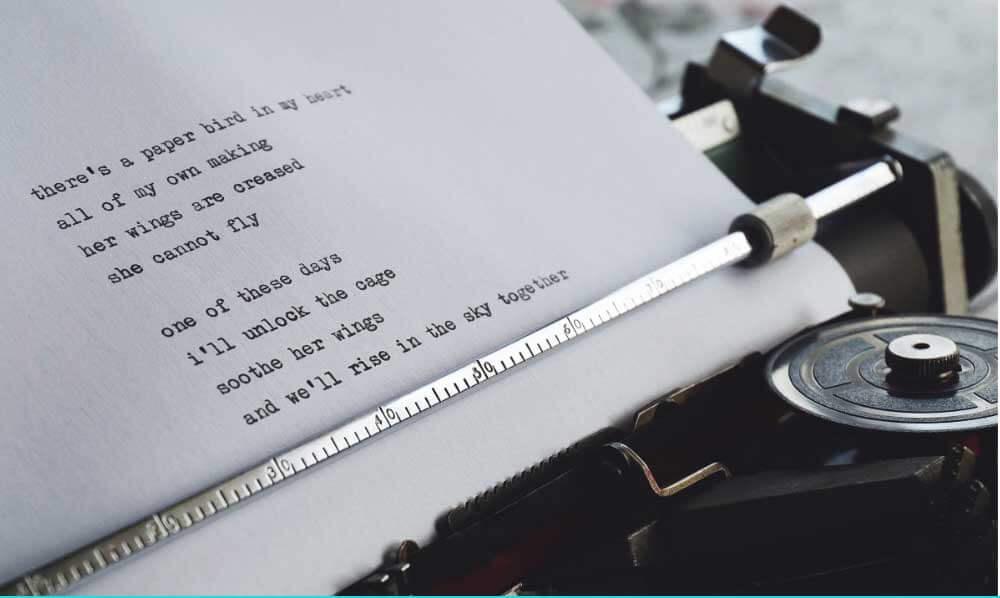
For millennia, mankind has searched for ways to share knowledge, experiences, philosophical musings, creative imaginings, information and yes, even advertising messages. From early etchings in caves throughout the world, to exquisitely painted walls in the tombs of Egypt’s Pharaohs, and the first decipherable letters on the Rosetta Stone, until today, in a world that is becoming increasingly more image-driven, the art of writing holds strong, with clearly identifiable genres and purposes. Where should a writer start, and how should a style be used? First, define your audience, then select the writing style that will transmit your message effectively.
Engineers, medical people, scientific people, have an obsession with solving the problems of reality, once you reach a basic level of wealth in society, most problems are actually problems of perception.
The power of the written word in the content development is infinite.
Types of Writing
Expository
When you need to deliver the facts, unbiased and impartially, without inserting your emotions or personal opinions, this is your weapon of choice.
Where? The use of this style can range across newsletters, text books, recipe books, letters, reports, reviews and blogs.
How? It is essential to introduce the topic, then follow through with coherent text that presents the facts and supports them when needed, in a logical way. Feel free to analyze, to present both sides of a story, to weigh and balance the facts objectively. You need to bear in mind that your job here is to be informative, so the reader should come away with the knowledge required to form an opinion or go forward with a task or course of action.

Descriptive

Descriptive writing is meant to engage to the reader senses and emotions by triggering readers imagination with descriptive forms of words
When words create pictures, waft along the page like enticing aromas, elevate themselves into a crescendo of sound, or dribble away into a sense of despair, they are serving the purpose of playing on the reader’s senses and emotions.
Where? Whether you are putting together a short story, or embarking on a full scale novel, the goal is to engage your readers and draw them in.
How? Through the use of similes, and metaphors, you, as a writer should be able to trigger the reader’s imagination to envision the very sounds, images, scents and tastes you are alluding to. Use your imagination; capture your own visual and sensory experiences or fantasies with a rich choice of words that will resonate with the reader and encourage them to keep turning the pages.
There are three responses to a piece of design – yes, no, and WOW! Wow is the one to aim for.
Ann Johnes
Persuasive
Whether you are selling an idea, a product or a point of view, you need to be convincing from the very first words. Make a compelling statement that will grab the reader’s attention. Challenge the status quo even. But, importantly, first you must convince yourself. If you can’t buy into the idea, how can you sell it to others?
Where? This style of writing is your key asset when covering essays, campaigns, speeches, editorials, petitions, and of course, advertisements.
How? It takes skill to select the words that first can arouse the curiosity of the reader, then go on to state supported facts and convincing arguments that can spur the reader into action. Open up the scenario with suggested further outcomes, tease the readers with attractive possibilities, or warn them of unwanted consequences that could stem from unwise or uninformed behavior. Wrap up your pitch with a sound conclusive argument that could also be a question that prompts them to delve deeper. Mission accomplished, you have them on board!
Technical

Dry as it sounds, the mechanisms of the world could very well grind to a halt if it weren’t for the scribblers who pour out screeds of finely printed manuals, instruction booklets, and website content that describe to the ‘nth degree just how and why something works, or even better, how the reader can make use of it. Even to wonder how they survived so long without it.
How? Here, you need a very sound knowledge of your subject. Components, ingredients, methods, quantities, all content needs to be painstakingly accurate and precise. The devil is in the detail, as they say, and here, the job is to deliver all the information relevant to the product, procedure or job at hand. The use of exact terminology is essential, especially with new developments and innovations adding to our vocabulary on a daily basis. Double check your facts, run it past at least one expert in the field, and proof read, proof read.
Narrative

Telling a story may seem simple. It may be based on life, with actual events, or the fruit of a writer’s imagination and creativity.
Where? Widely used in novels, screenplays, biographies and magazine articles, narrative writing contains three vital elements. A beginning, a middle and an end. Each is equally important, and the lack of any of these parts would result in confusion for a frustrated reader. It is important to create an impact in the first pages, by creating a sense of mystery or excitement, then a gradual rounding out of the setting, revealing the theme, the characters and situations as the work flows into the story development. Good narrative writing also makes use of other genres. Descriptive passages create colour and set a mood, expository content can add conviction and credence, and persuasive text can give a reader a feeling of involvement. All genres can be interwoven to create a seamless fabric of words that draws to a satisfactory conclusion.
Poetic

Poetic writing is a treasured method of writing consisting of stanzas or sections
Yes, poetry. In fact, poetry has become a treasured method of writing and recording history throughout many eras of humanity, almost four thousand years to be precise, with its wars, social upheavals, joys, celebrations and romances.
Where? Where would we be without odes, ditties, sonnets, elegies, epics, and haiku? Poetic writing goes far and beyond rhyming verse, with the world of poetry ranging from structured, metered works, which can easily be recognized as having a distinct pattern, to blank verse, which escapes such constraints and roams freely and expressively over the page.
How? In longer works, each stanza or section offers its own addition to the overall work, by adding new elements while still being linked to the main theme. Again, depending on the style of the poem, they can be rhyming or more free flowing. Certain meters or specifically pentameters have been widely used in well-known poems, with Shakespeare being a master of the iambic pentameter in many of his works. Structured to contain five iambs in a line, with ten syllables, the stress goes on every second syllable, creating a melodic and balanced tone. Haiku, on the other hand, captures the essence of a concept in three lines and seventeen syllables. Derived from the traditional Japanese form, which often celebrates nature and the world around us, the lines should be divided into five, seven and five syllables,
Each culture has developed its own distinctive style of poetry over the centuries, showing that this form of expression has a commonality that springs from the heart. Memorized and treasured, the words of masters of this art are passed down, in English and many other languages to keep the spirit of literature alive.


